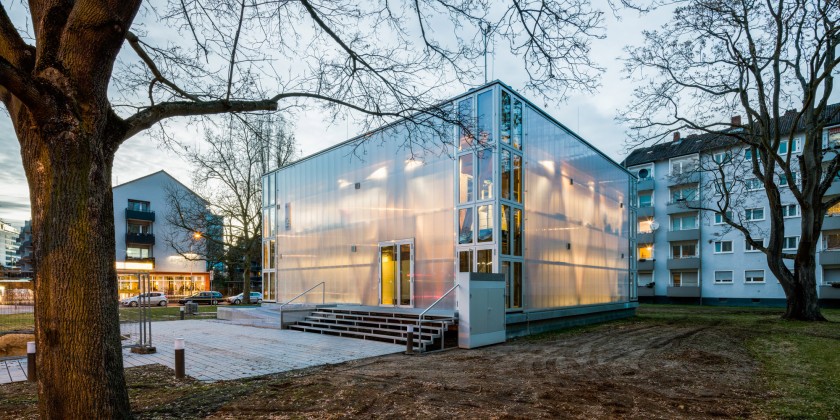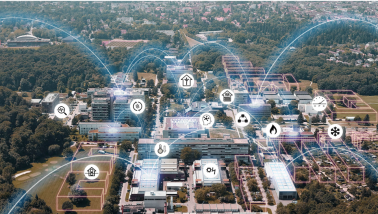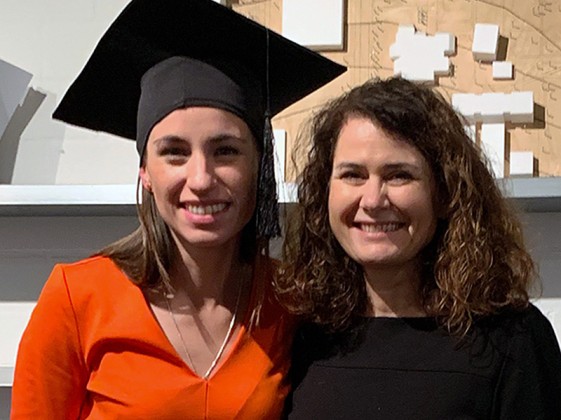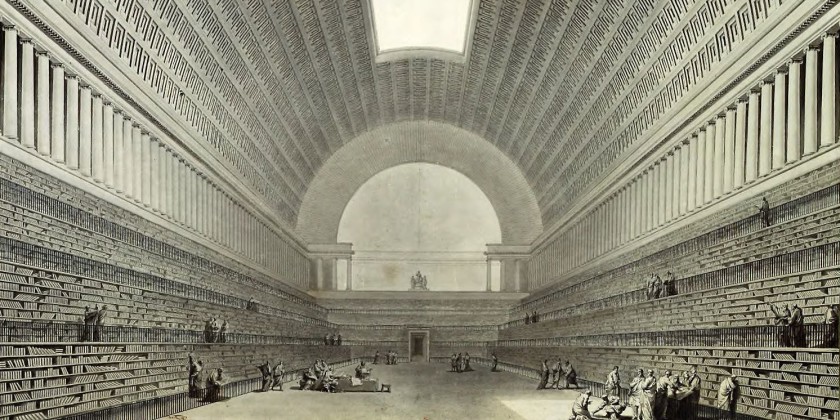Architektur

Research at the Department of Architecture
Our department carries out research into architecture and cities as structural, technological and artistic manifestations of society, characterised by history and culture. Engineering expertise is used to develop visions of the future for – and with – society by utilising design and planning methodologies and insights gained in the humanities. Building culture is thus not only the result of sustainable design but rather the requirement for the sustainability of our constructed environment in the future.
Latest news on the research
-
![]() Picture: Anastasija Gorgonoska
Picture: Anastasija Gorgonoska![]() Picture: Anastasija Gorgonoska
Picture: Anastasija GorgonoskaAward-Winning Student Research
Awarding of the Heinz Stillger Prize 2025 at the Department of Architecture
On 10 December 2025, the Heinz Stillger Prize for outstanding student research was awarded for the eighth time at the Department of Architecture at TU Darmstadt. The topics included, among others, the development of additively manufactured acoustic absorbers made of clay, the experimental development of ceramic glazes from the ash of various wood species, and the design development of a woven seating surface.
-
![Das Team des Kompetenzzentrums]()
![Das Team des Kompetenzzentrums]()
Center of Excellence for the Resilient City
Newly founded at the Department of Architecture
In October 2025, the Center of Excellence for the Resilient City was established at the Department of Architecture by the disciplines of the Urban Design and Urban Planning research group (FG Stadt). The aim of the new center is to consolidate, highlight, and further develop research on the specific contributions of architecture, urban design, and landscape architecture to urban resilience.
-
![]()
![]()
ENB-Forschung im November
Praxis, Impulse und Austausch zur Energiewende
Das Fachgebiet ENB – Entwerfen und Nachhaltiges Bauen am Fachbereich beschäftigt sich mit aktuellen Fragestellungen rund um Klimaschutz, Energiewende und nachhaltiges Bauen. Die Forschungsarbeiten stoßen zunehmend auch über die TU hinaus auf Interesse, da sie praxisnahe Ansätze entwickeln und Impulse für die Umsetzung liefern. Im November stehen mehrere Veranstaltungen an, die Raum für Austausch, Vernetzung und Diskussion mit Fachleuten aus Wissenschaft, Praxis und Politik bieten.











